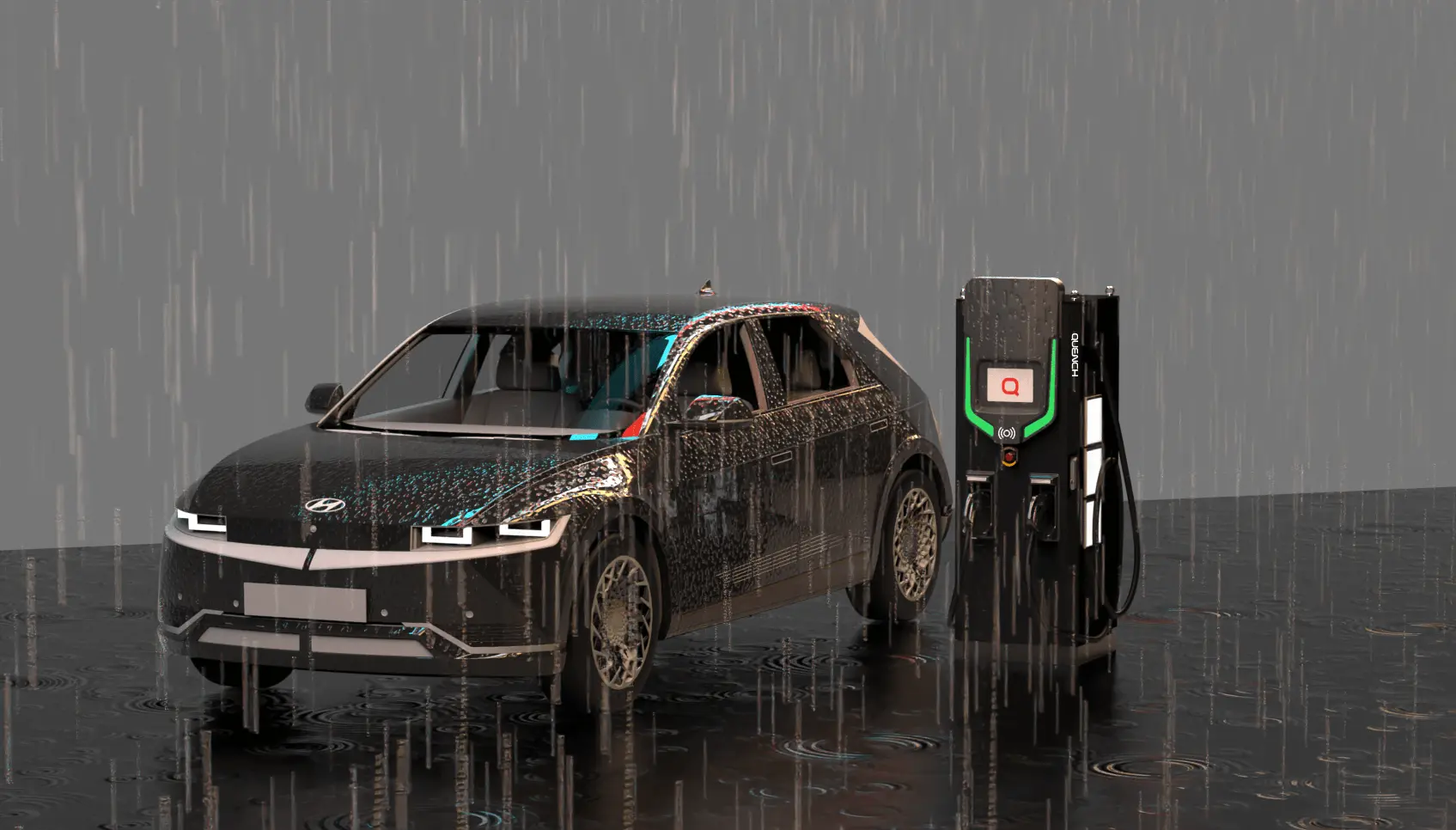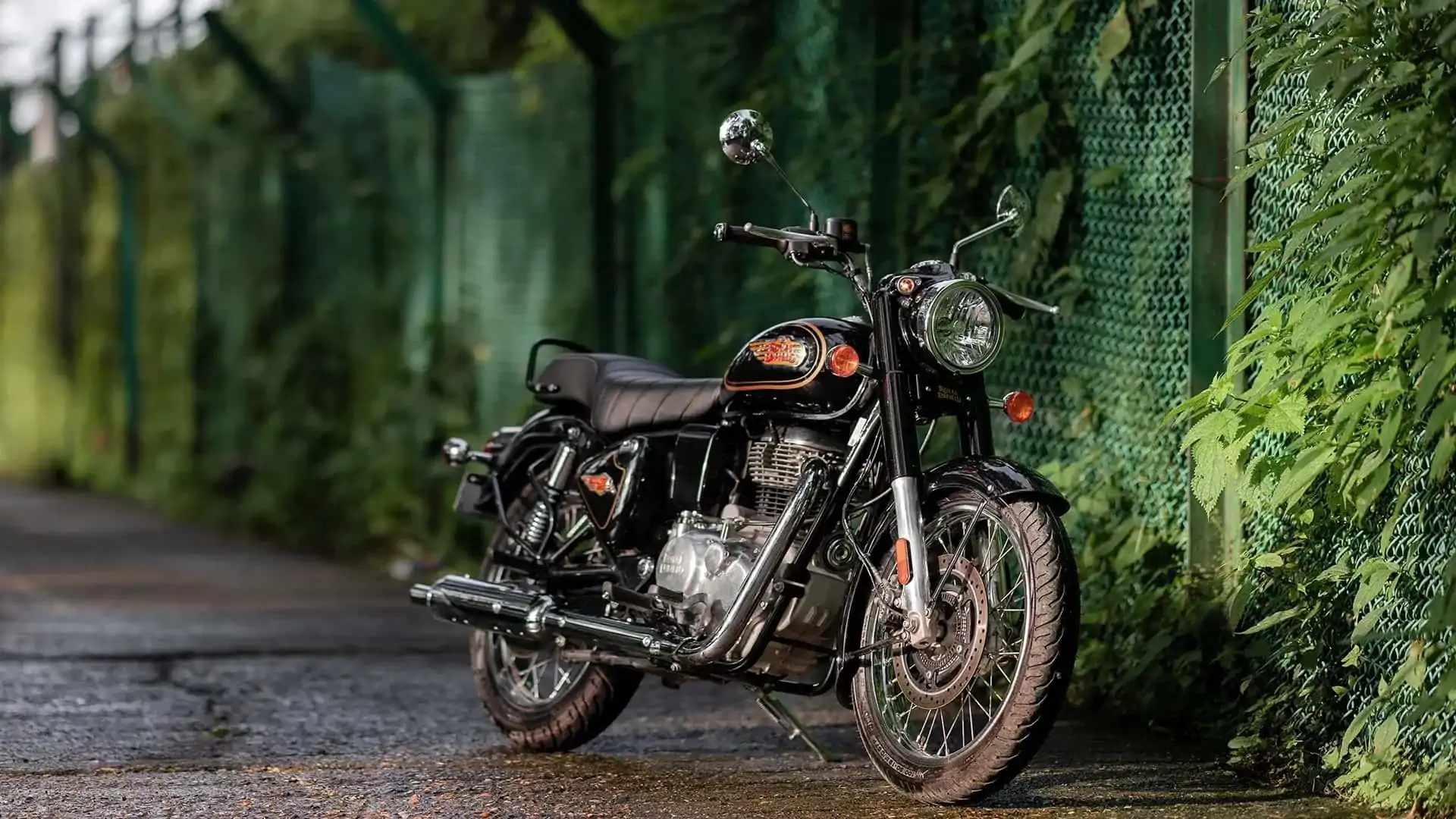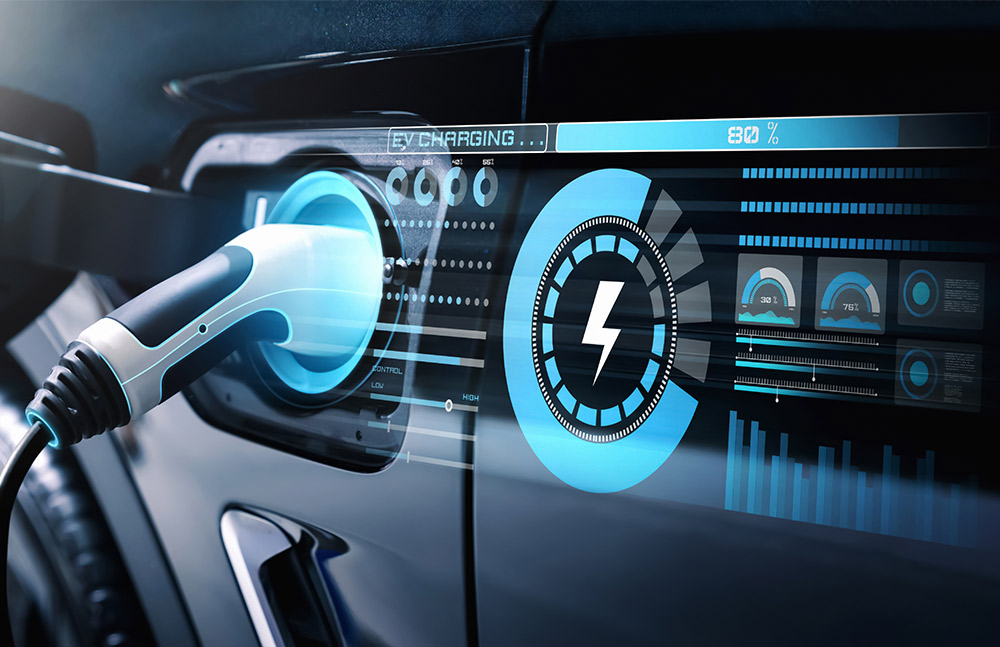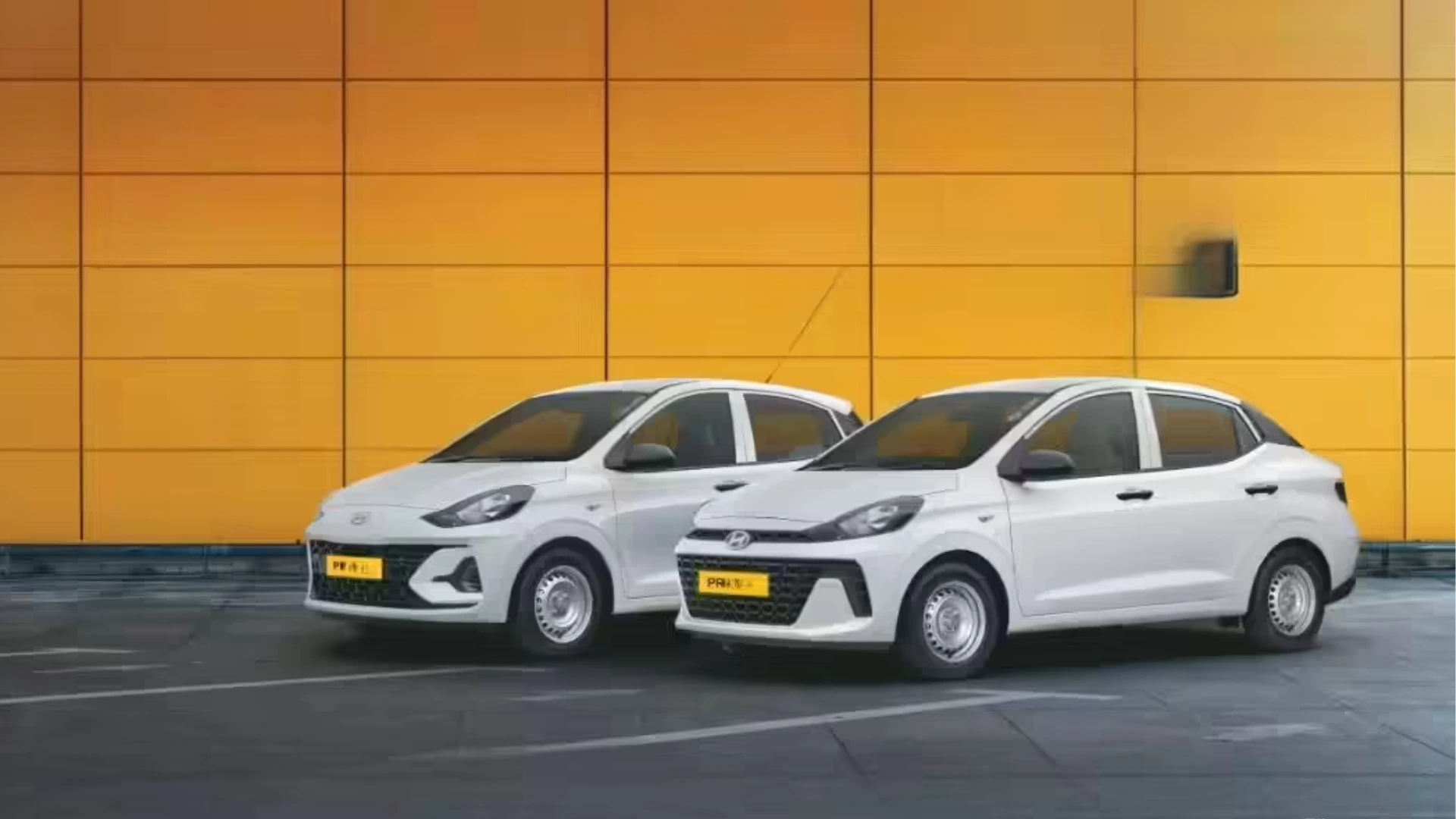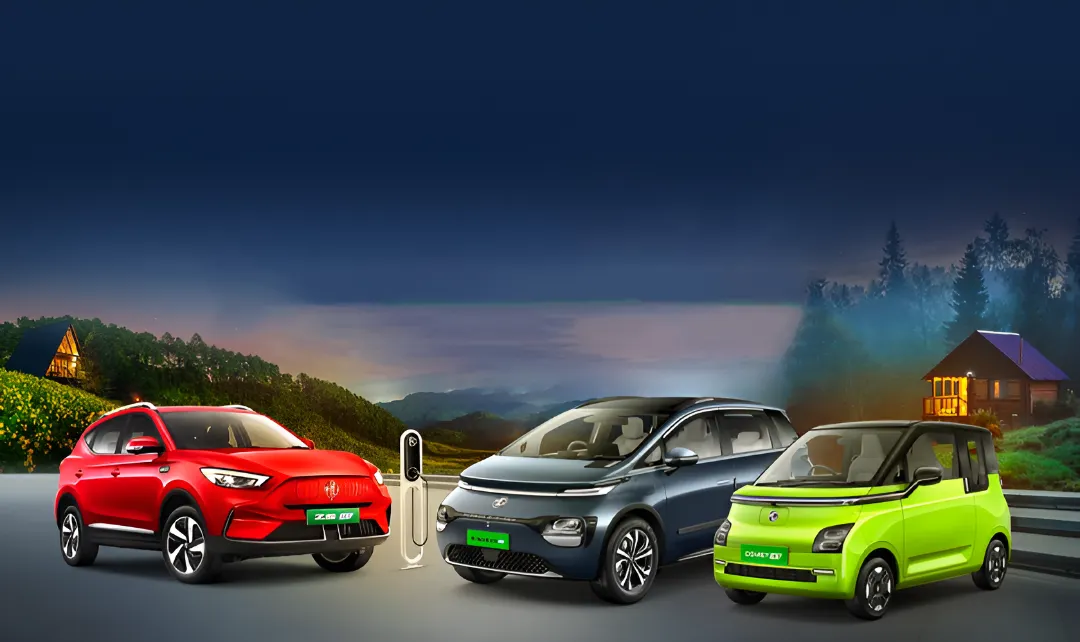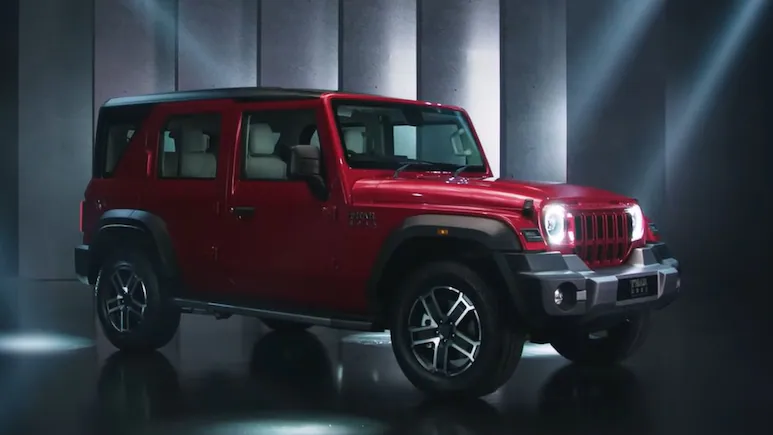The electric vehicle industry in India is on an upward trajectory, with increasing adoption and advancements in technology. However, as the monsoon season approaches, EV owners need to be mindful of the challenges that rainy weather can pose to their vehicles.
Why is it necessary?
The monsoon brings with it a unique set of challenges for electric vehicles. Here's why it's essential to give your EV extra attention during rainy weather:
- Electrical Safety: Rainwater can pose electrical hazards, especially when it comes in contact with exposed charging equipment or components. Proper care and protection prevent potential short circuits or damage to sensitive electrical systems.
- Battery Health: Electric vehicle batteries are susceptible to moisture and water ingress. Maintaining a dry and sealed battery compartment is crucial to prevent corrosion, performance degradation, and potential safety risks.
- Exterior Protection: The exterior of your EV faces increased exposure to dirt, mud, and corrosive elements during the monsoon. Regular cleaning and protective measures preserve the paint, body panels, and overall aesthetic appeal of your vehicle.
- Interior Preservation: Water intrusion into the interior can lead to damage to electronic components, upholstery, and infotainment systems. Proper sealing and maintenance ensure a dry and comfortable cabin environment.
- Longevity and Performance: By taking proactive care during the monsoon, you extend the lifespan of critical components, maintain optimal performance, and avoid costly repairs or replacements down the line.
Also read our article on: Four steps to PROTECT your EV in the monsoon!
Now, let's delve into specific tips to safeguard your electric vehicle during the monsoon season:

- Protecting Charging Equipment:
- As rainwater can cause electrical hazards, it's crucial to keep your charging equipment dry and sheltered. If you have an outdoor charging station, invest in a weatherproof cover or enclosure.
- Portable chargers should not be used in wet conditions to avoid potential short circuits or damage to the charging system. Always store them in a dry place when not in use.

- Maintaining Battery Health:
- The battery is the heart of an electric vehicle. During the monsoon, ensure that the battery pack is well-sealed and protected from water ingress.
- Regularly inspect the battery compartment for any signs of moisture or leaks. If detected, address the issue promptly to prevent damage to the battery cells and electrical connections.

- Keeping the Vehicle Clean:
- Rain, mud, and road grime can accumulate on the exterior of your EV, leading to corrosion and aesthetic damage. Wash your vehicle regularly with a gentle car shampoo and clean water.
- Pay special attention to areas prone to dirt buildup, such as wheel arches and undercarriage. A clean vehicle not only looks better but also ensures the longevity of its paint and components.

- Protecting the Interior:
- Leaks or seepage of rainwater into the interior of your EV can cause electrical malfunctions and damage to upholstery. Check door seals, window seals, and sunroof seals for any gaps or wear.
- During heavy rainfall or when parking outdoors, consider using car covers or sunshades to minimize water intrusion into the cabin. Keep the interior dry and free from moisture to prevent mold growth.

- Avoiding Driving Through Deep Water:
- Electric vehicles are equipped with sensitive electronic components that can be adversely affected by water exposure. Avoid driving through flooded areas or deep water puddles.
- If you encounter waterlogged roads, exercise caution and find alternative routes if possible. Prolonged exposure to water can damage the battery pack, motor, and other critical systems.
.jpg)
- Understanding Ingress Protection (IP) Ratings:
- Familiarize yourself with the IP ratings of your EV's components, especially the battery pack and electrical systems. IP ratings indicate the degree of protection against water and dust ingress.
- Battery packs with higher IP ratings, such as IP67 or IP68, offer greater resistance to water intrusion. However, it's essential to note that these ratings may vary for different components of your EV.
- Following Manufacturer Guidelines:
- Manufacturers provide specific guidelines and recommendations for maintaining EVs during different weather conditions. Follow the prescribed maintenance schedule and procedures outlined in the owner's manual.
- Regularly check and service components such as brake calipers, suspension systems, and electrical connections to ensure optimal performance and safety.
As the EV industry continues to evolve, it is essential for owners to adapt and take proactive measures to protect their vehicles, especially during challenging weather conditions like the monsoon. By implementing the tips and strategies outlined in this guide, you can safeguard your electric vehicle, maintain its performance, and enjoy a hassle-free driving experience throughout the rainy season and beyond. Stay informed, stay prepared, and embrace the future of sustainable mobility with confidence.
Also read our article on: Summer electric car guide: Make your electric car summer ready!




